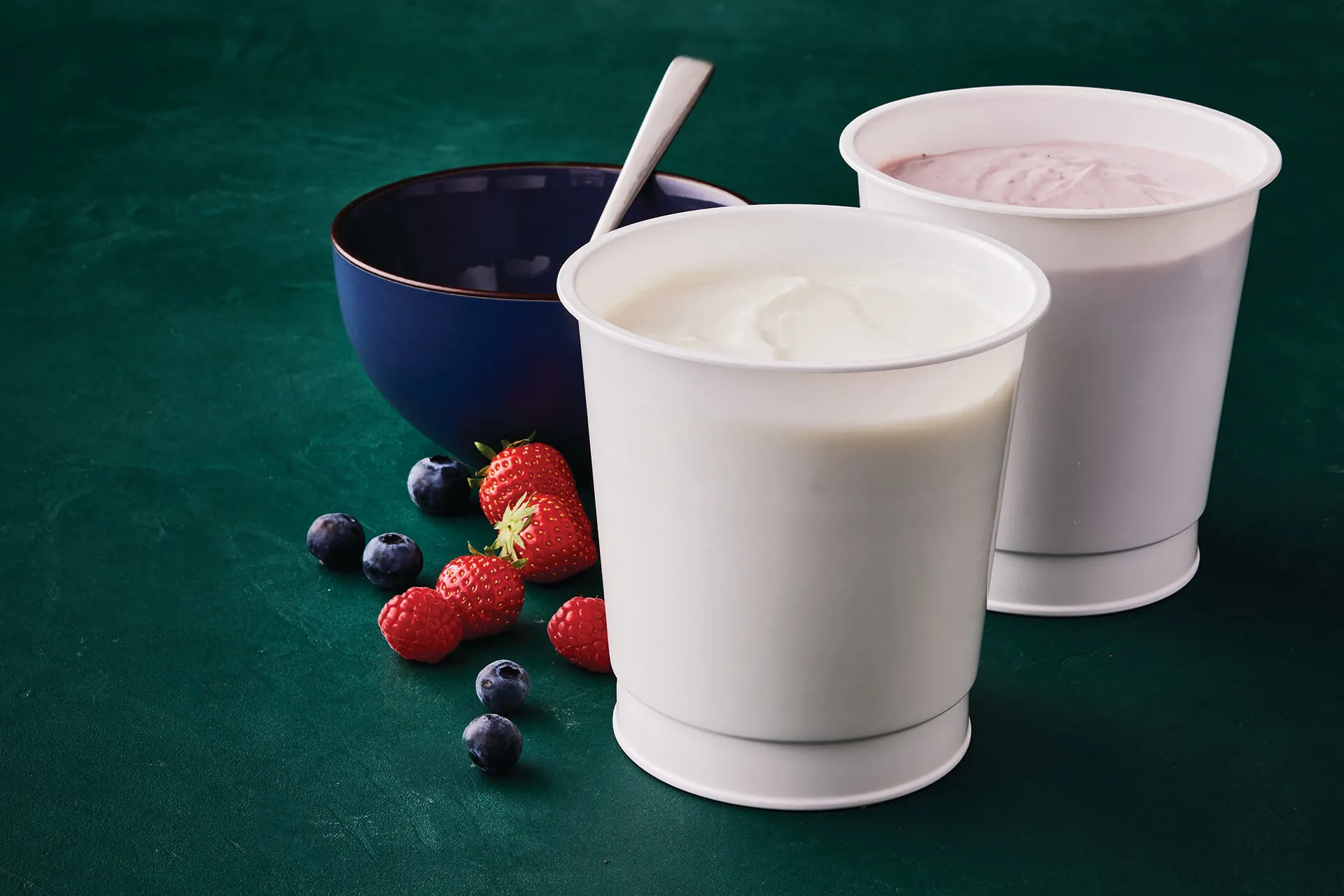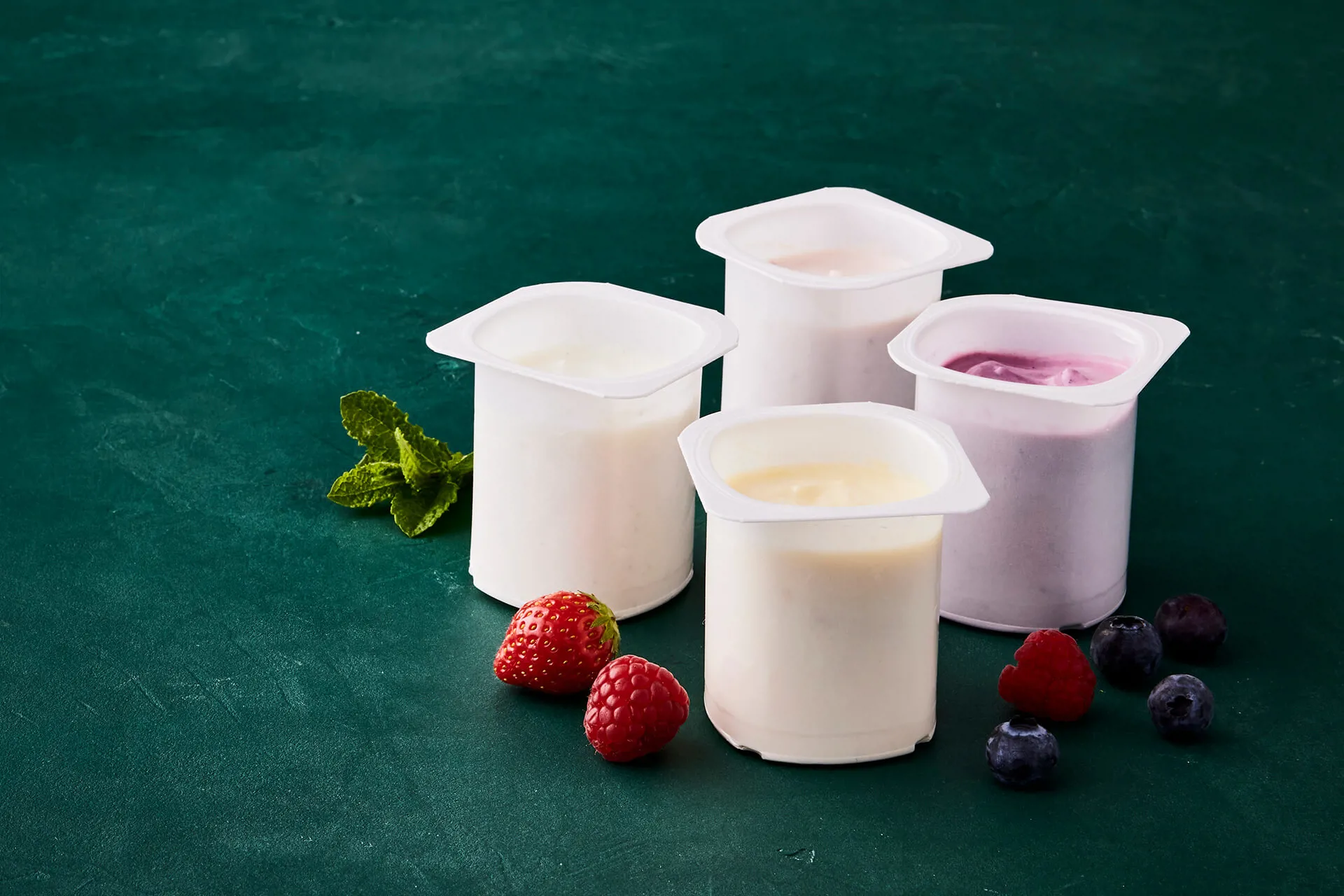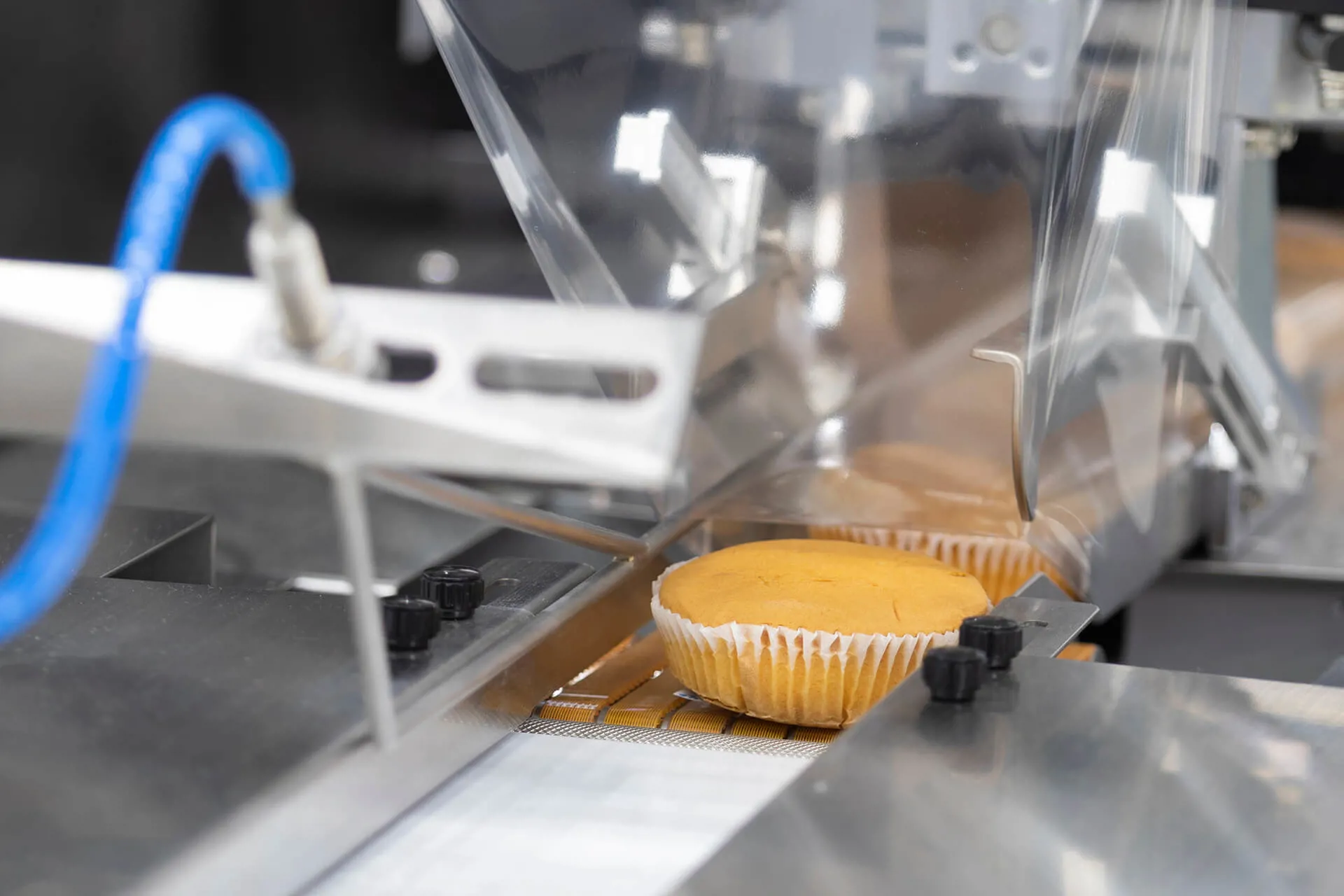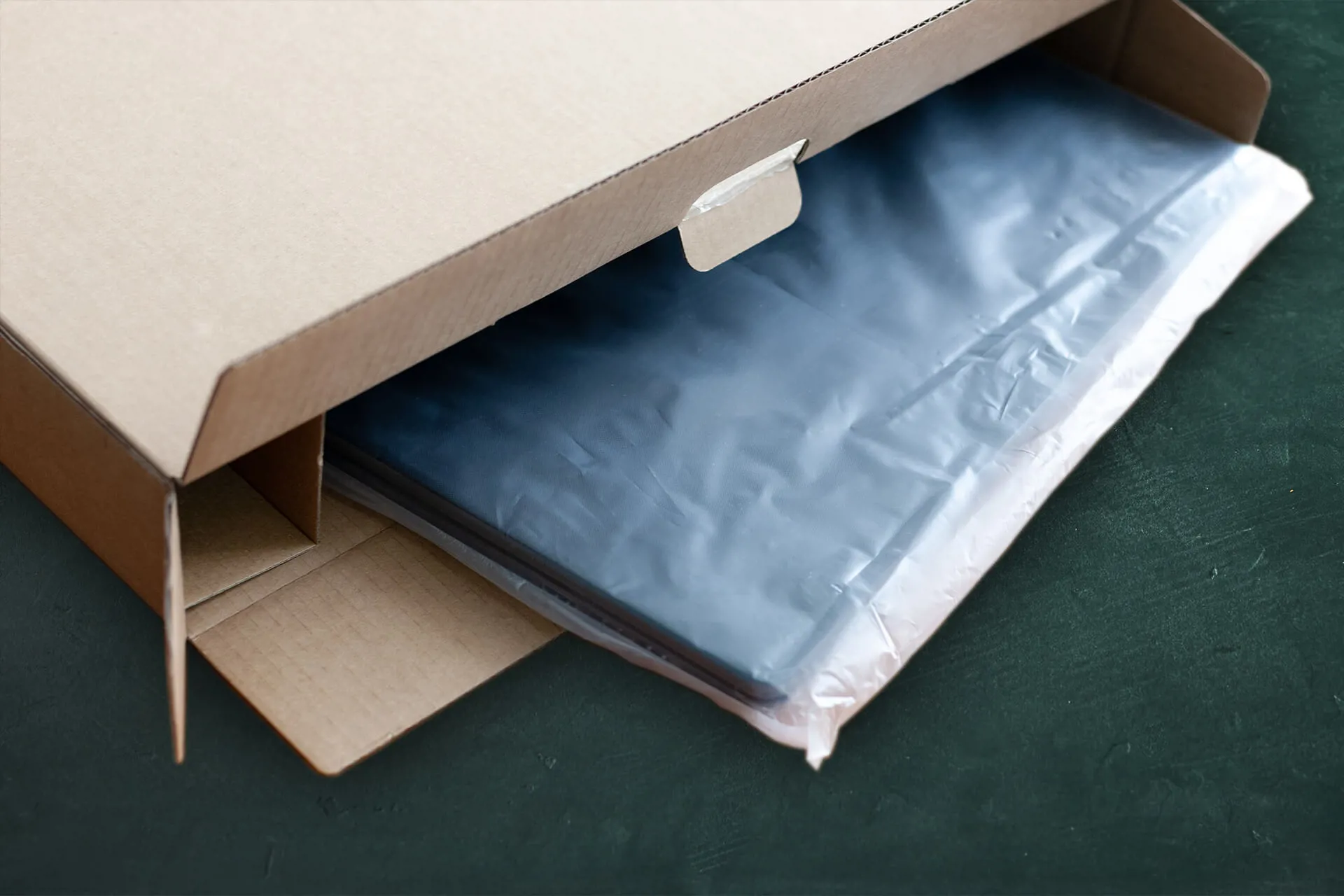
TECHNICAL ARTICLE
PLANT-BASED AND FOOD-GRADE
Einar® 401 is a superior food-grade and plant-based anti-static additive for impact copolymer PP, offering excellent performance at low humidity and across a wide range of applications.

Einar® 401 offers unmatched anti-stat performance in impact copolymer PP injection moulding applications. It's the ideal candidate to ensure clean, dust-free and attractive packaging across a broad range of applications, such as thin-walled containers used for yoghurt and margarine, or small or large buckets for both food and non-food storage. The anti-stat effect is both short and long-term and will easily exceed one year, also at low humidity conditions. Recommended loading levels for impact copolymers are 0.3 - 0.5% for most applications but higher concentrations may be required in demanding thin-walled packaging.
Einar® 401 will provide necessary mould release and denesting properties when incorporated in an impact copolymer at the recommended levels for good anti-stat performance.
Einar® 401 comes in pellet form, ideally suited for mixing with the polymer material. The pellet form ensures easier dosing and reduced stickiness in feeding and transport equipment.
Impact copolymer PP is used in many different food and non-food packaging applications where an attractive appearance toward consumers is important. An appealing and dust-free packaging is secured by the use of efficient migratory anti-stats that are able to build a concentration on the packaging surface that forms a conductive layer. This will enable the dissipation of static charges whereby dust and other fine particles will not be attracted or settle on the packaging.
Impact copolymer PP is the preferred packaging material for a very wide range of both food and non-food products because it offers excellent protection with its high strength and toughness. The polymer has high impact strength at low temperatures and has good barrier properties for the protection of packaged goods. The inherent nature of the polymer also provides challenges for migratory anti-stats. They need to be optimised for the polymer in order to guarantee an attractive and clean appearance.
TECHNICAL ARTICLE
Food-grade plant-based anti-static additives deliver optimum migration performance in polypropylenes for long-lasting dust-free surfaces and clarity of thin-wall packaging.
By Bjarne Nielsen, Global Industry Manager, Palsgaard A/S


TECHNICAL ARTICLE

FEATURE ARTICLE

FEATURE ARTICLE

TECHNICAL ARTICLE

FEATURE ARTICLE

FEATURE ARTICLE